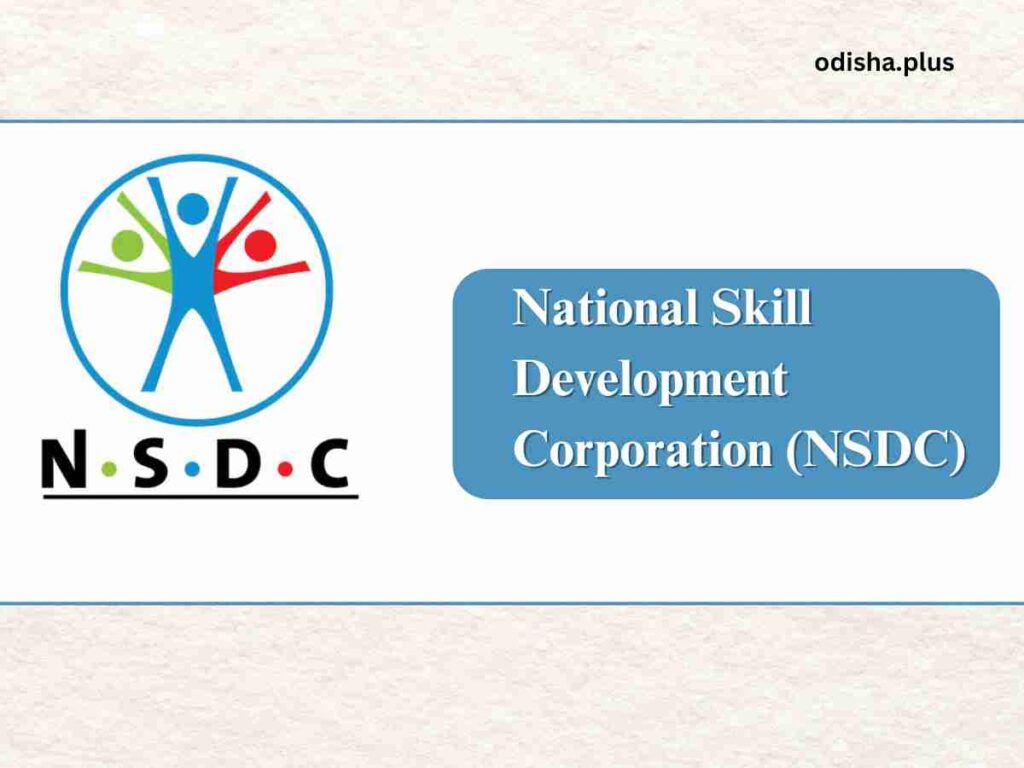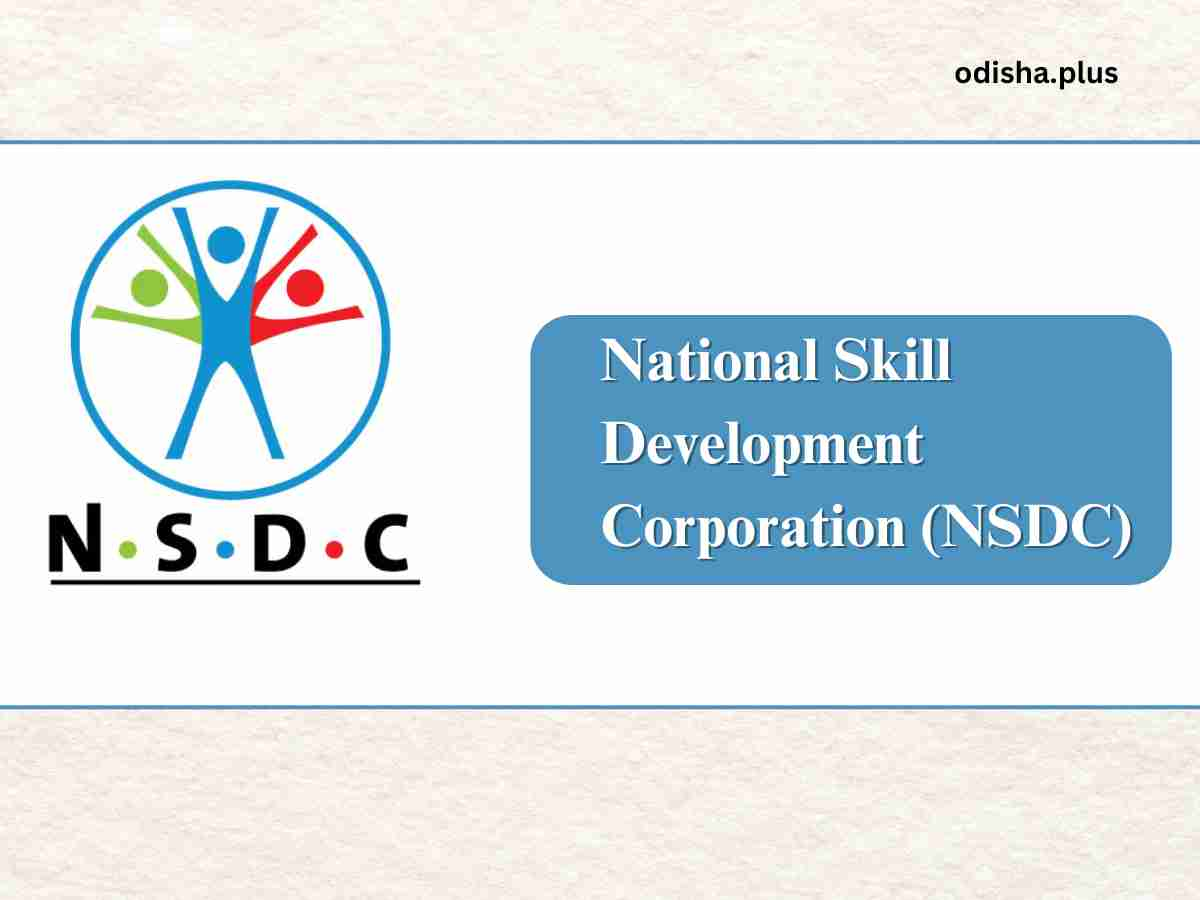NSDC holds significant potential, serving as a pivotal entity in the landscape of skill development and vocational training in India
Bhaskar Parichha

Earlier this year, a significant development occurred when the initial group of Indian workers set off for Israel, a move aimed at addressing the labor deficit in the country’s construction industry. This labor shortage was largely a consequence of a prohibition on Palestinian laborers, which created a gap that needed to be filled. The arrival of Indian workers was seen as a potential solution to this pressing issue, as they were expected to contribute to the construction sector and help meet the growing demands for infrastructure development in Israel.
That being so, recent investigations have shed light on some challenges that this labor arrangement is currently facing. One of the primary concerns identified is the notable disparity between the skills possessed by the Indian workers and the expectations that have been placed upon them by their employers. This mismatch has led to difficulties in effectively utilizing the workers’ capabilities, resulting in some individuals feeling ill-equipped to meet the demands of their roles.
Workers’ Adaptability
As a consequence of these challenges, several workers have decided to return to India, while others have been reassigned to different sectors within the Israeli economy. This reassignment reflects not only the adaptability of the workers but also the evolving relationship between India and Israel, as both nations seek to strengthen their economic ties.
Despite the evidence of this skill mismatch, it is important to recognize that the employment agreements between Indian workers and Israeli employers still offer significant advantages for the laborers involved. Many Indian workers can earn higher wages than they would in their home country, gain valuable international work experience and develop new skills that can enhance their future employment prospects. These benefits underscore the importance of fostering agreements that promote labor mobility between countries, as they can provide opportunities for workers to improve their livelihoods and contribute to the economies of both nations.
It is equally essential to address the issues highlighted by the investigation regarding the skill mismatch. To ensure that labor mobility agreements are mutually beneficial, it is crucial to implement measures that enhance the alignment between workers’ skills and the requirements of the jobs they are expected to perform. This could involve providing additional training and support for workers before they embark on their overseas assignments, as well as ongoing professional development opportunities once they arrive in the host country. By taking these steps, both India and Israel can work towards creating a more effective and sustainable labor arrangement that not only meets the needs of the construction industry but also empowers workers to thrive in their roles.
Global Demand
The global demand for Indian labor, encompassing both unskilled and skilled workers, is projected to rise significantly, particularly in areas facing an aging workforce and labor shortages. The Global Skill Gap report released by the National Skill Development Corporation (NSDC) in 2020 highlighted the anticipated labor needs in various sectors across prominent regions, including the Gulf Cooperation Council (GCC) countries and the European Union. The identified sectors, such as construction, trade, health and social care, reflect the global sources of labor demand. In response to these shortages, some advocates in the Western world are promoting the use of temporary work contracts.
For Indian workers to effectively participate in the international labor market, they must acquire the requisite education and training in the relevant skills. According to labor force surveys, only a limited proportion of individuals aged 15-59 have undergone formal vocational or technical training.
NSDC’s Role
The National Skill Development Corporation (NSDC) holds significant potential in this regard, serving as a pivotal entity in the landscape of skill development and vocational training in India. Its role is not merely limited to the provision of training but extends to the creation of a comprehensive and integrated ecosystem that addresses the multifaceted needs of the workforce.
To achieve this, it is crucial to focus on the holistic ecosystem, which encompasses various components such as technical and training institutions, educators and the curriculum. Each of these elements plays a vital role in ensuring that the skills imparted to individuals are not only relevant but also aligned with the ever-evolving demands of the job market.
For instance, technical institutions must continuously update their programs to reflect the latest industry trends and technological advancements. Similarly, educators need to be equipped with the necessary tools and knowledge to effectively teach these updated curricula, fostering an environment of continuous learning and adaptation.
Moreover, the curriculum itself should be designed with input from industry stakeholders to ensure that it meets the specific needs of employers. This collaborative approach can help bridge the gap between education and employment, ultimately leading to a more skilled and employable workforce. By focusing on these interconnected components, the NSDC can enhance the quality of training and ensure that individuals are not only job-ready but also capable of thriving in their respective fields.
Sri Lankan Model
Furthermore, it may prove advantageous to consider the Sri Lankan approach of providing workers with several weeks of additional training before their departure. This model emphasizes the importance of pre-departure training, which can equip individuals with the necessary skills and knowledge to adapt to new work environments and cultural contexts. Such training can cover a range of topics, including language skills, workplace etiquette and specific job-related competencies, thereby enhancing the employability of workers in international markets.
In addition to technical skills, orienting workers to international processes and work practices is essential. This orientation can help individuals understand the expectations of employers in foreign countries, including compliance with local regulations, understanding workplace hierarchies and adapting to different communication styles. By preparing workers for these challenges, the NSDC can contribute to a more seamless transition for individuals entering the global workforce.
By focusing on a holistic ecosystem that includes technical institutions, educators & a relevant curriculum and by adopting successful strategies from other countries like Sri Lanka, the NSDC can enhance the effectiveness of skill development initiatives and ultimately contribute to economic growth and development.
Critical Concern
The issue of skill mismatch, defined by a considerable disparity between the abilities of the workforce and the expectations of employers, has emerged as a critical concern in numerous economies, especially in India. Despite the presence of a vast labor force, many Indian enterprises have consistently pointed out the contradiction of a lack of skilled personnel. This gap is particularly pronounced in various industries, where employers face challenges in locating candidates who meet the requisite qualifications and skills for open roles.
India needs to tackle the skill mismatch issue to effectively leverage its demographic advantage. By providing individuals with suitable training and ensuring their skills remain current, the nation can not only improve job prospects across different skill tiers but also stimulate economic development and innovation in a highly competitive global environment.
(The author is a senior journalist and columnist. Views expressed are personal.)




























